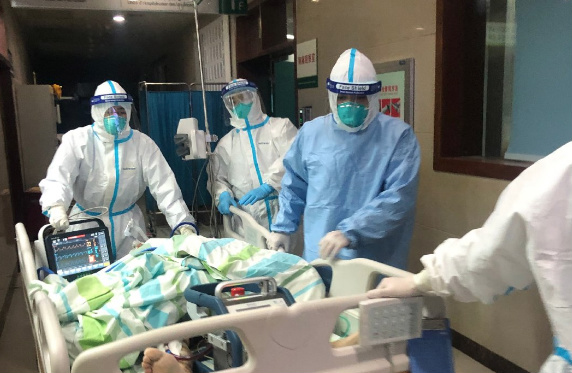As Wuhan coronavirus infections continue to climb, Malaysian health authorities have confirmed an eighth case on our shores.
Announcing the case, Ministry of Health Director-General Dr. Noor Hisham Abdullah has said that, for the time being, all of the current cases in Malaysia involve Chinese nationals only.
The latest patient, a 49-year-old woman, is in quarantine in Johor at Hospital Permai, and is reportedly in stable condition. Another five patients are still awaiting test results.
In a measure to protect Malaysians, the Health Ministry, along with the Education Ministry, will be working together to identify students and lecturers who have recently returned from China, and to isolate any possible ill individuals. Once located, these individuals will be placed under home surveillance, and will be given a Health Warning Card and Home Assessment Tool indicating possible symptoms and what to do in case they arise.
Several ministries have been tasked with tracking down Malaysians currently working in Wuhan, China — the epicenter of the outbreak — and are looking to bring them home. Ambassador to China Raja Nushirwan Zainal Abidin has said that 82 Malaysians have been located in the city, and that none are ill with the virus.
Prime Minister Mahathir said in a Wednesday press conference that the government is prepared to repatriate citizens in affected areas.
Health Ministry officials have released a list of 26 hospitals across the country that will provide services to patients suspected or confirmed to be suffering from the virus.
Fifteen of those hospitals are on the Malaysian peninsula, four are in Sabah, six are in Sarawak, and one is in Labuan.
Funds to provide more heat scanners to be placed at entry points into the country were also approved yesterday.
Confirmed infections have soared to more than 7,700 across China, and the death toll has risen to 170, mainly in and around Wuhan, which authorities have effectively sealed off, along with around 10 other Chinese cities, in a bid to contain the virus. Despite the rapidly increasing number of infections, however, the virus’ mortality rate has remained steady at around 2 percent — far lower than the nearly 10 percent mortality rate of SARS, to which the current disease is related.
The novel coronavirus has spread to at least 16 other countries outside of China.
China has been rushing to build a hospital in Wuhan to treat coronavirus patients, and it is expected to be complete by this week.
The SARS-like virus, also known as 2019-nCoV, is a never-before-seen member of the coronavirus family. Like other coronaviruses, it comes from animals, and is believed to have emerged at a now-shuttered market that sold exotic wildlife such as bats. China has temporarily suspended all wildlife trade.
Scientists have been working hard to map the disease and find a possible vaccine against it.




